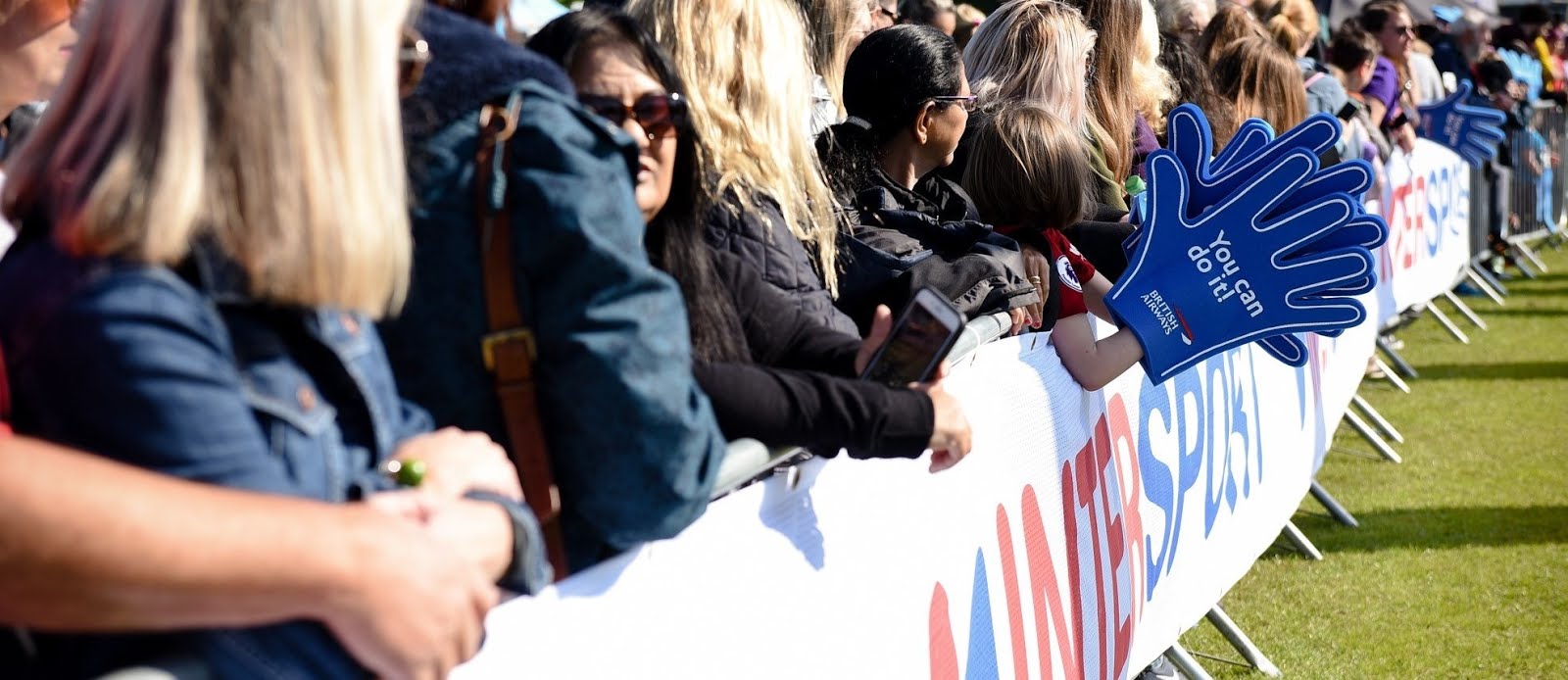Irrespective of make
or finish of a bat, superficial face and edge marks will almost certainly
appear, together with indentations or bruising of the willow. This happens
especially when ‘poly type’ coverings have been used, when the covering (a
man-made fibre) does not react in exactly the same manner as willow (a natural
fibre). In these circumstances there is no need to worry or concern as the
durability and performance of the bat will be unaffected.
Preparation for play
We recommends the following
principles for the preparation and maintenance of cricket bats. Following these
procedures will significantly reduce the possibility of damage occurring.
 |
| (picstopin.com) |
Oiling: All natural faced bats MUST be treated using raw linseed or a
specialist cricket bat oil. The main purpose of oiling is to maintain moisture
levels within the blade, and hence reduce the chances of cracking and
splitting. Light coats should be applied to the face, edge, toe and back of the
blade –taking care to avoid the logos and the splice area. Generally two or
three coats should be sufficient. Each coat should be allowed to dry into the
blade in a horizontal position before the next is applied.
Alternatively. It is possible to fit a clear anti-scuff or similar cover. This does
not negate the requirement to ‘knock in’ the bat. The cover may assist the
durability of the bat, but under no circumstances will it totally prevent
surface damage.
Knocking in. All bats are pressed, however ‘knocking in’ is VITAL. This is the
process by which the fibres of the willow in the face and edges are compressed
together to form a barrier, which protects the bats against the impact of the
ball. Effective ‘knocking in’ will significantly improve the performance and
increase the lifespan of the bat.
.jpg) |
| Bats in Simply Sports. |
Stage one: The ‘knocking in’ process should be undertaken carefully, using a
special bat mallet or an old, quality cricket ball. The bat should be
repeatedly struck (with gradually increasing force) in all areas where one
would normally expect to hit the ball, this conditioning must be performed with
patience. Particular attention should be given to the edges, although the edges
or toe should not be struck directly at right –angles to the blade. This would
be likely to cause damage.
This stage should take
in the region of six hours, although it may vary as every bat is different.
Stage two: The next step is to graduate to the use of the bat to hit short
catches with an old, quality cricket ball. However, if the seam marks the
blade, it is necessary to return to ‘Stage one’ for a further conditioning.
This stage should be performed for at least another hour.
Many bats come ‘PKI’ or
pre-knocked in. This is where the manufacturer has oiled and knocked in the bat
in the factory. Although this means that the extensive six hours of knocking in
isn’t required, we still recommend that you still take care and knock your bat
in for between 2-3 hours. Followed by Stage 2 above, either catches or someone
throwing gentle underarm ‘bowls’ which are hit gently back to the bowler, this
will ensure the bat is well prepared and ready for you to score tons of runs!!!


